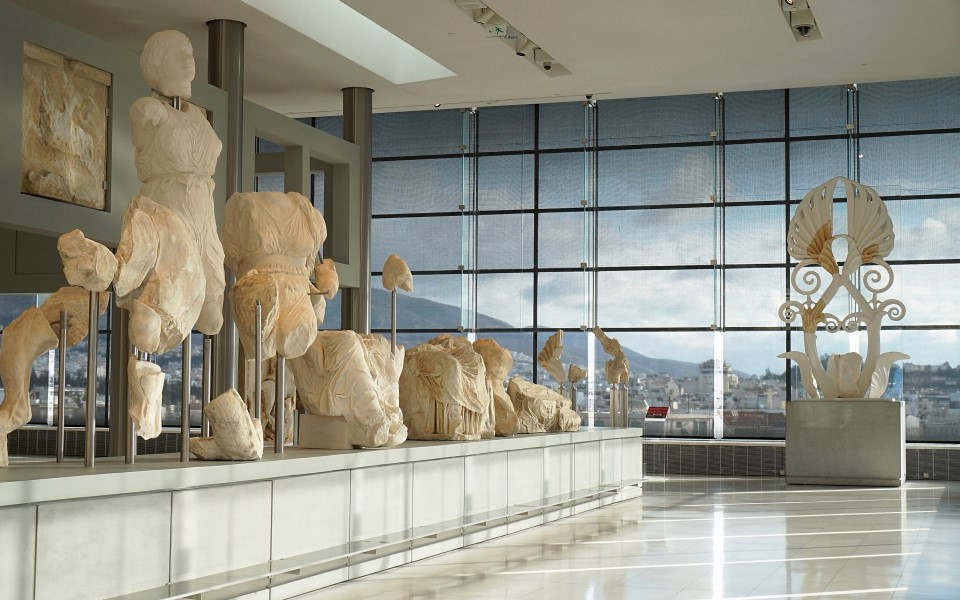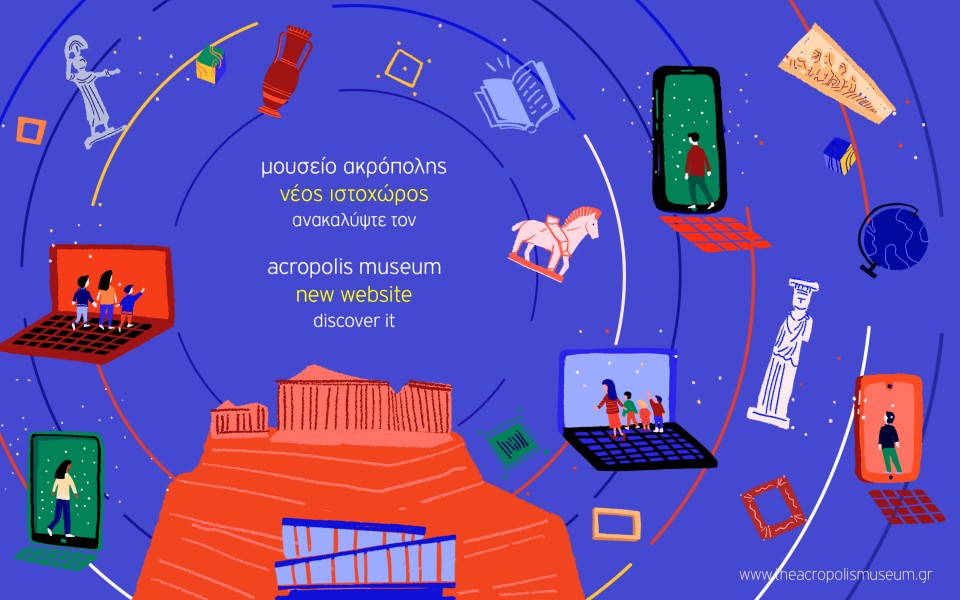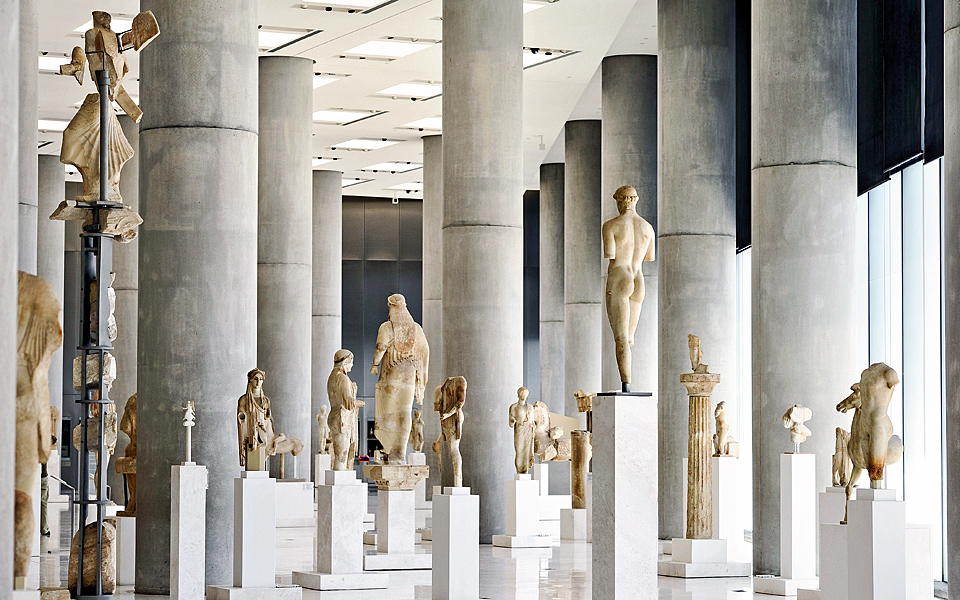High Visitor Satisfaction Found at Greece’s Arachaeological Sites
A nationwide survey highlights improved services,…

Digital Acropolis provides detailed information on 2,156 artifacts in the museum’s permanent collection.
© Shutterstock
The doors of Greece’s museums may still be shut to the public due to the countrywide lockdown, but that hasn’t stopped the Acropolis Museum from making its collections and research more accessible than ever.
The popular museum has just announced the completion of a sweeping digitization program; now with only an internet connection, anyone in the world can explore the myriad archaeological finds from Athens’ Sacred Rock in stunning detail.
The newly unveiled Digital Acropolis Museum showcases exhibits in high definition, alongside a startling array of multimedia applications, including games, videos, and 3D images. It is also the first museum in Greece to go fully digital, leading the way for other Greek institutions that will hopefully soon follow in its footsteps.
The digitization of museum collections and galleries around the world has been a growing trend over the past ten years, with curators and media specialists working together to create engaging content for in-person and online visitors. These efforts usually go hand-in-hand with the creation of tools and open access databases for the scientific community.

The 1.3 million euro project, funded via the Regional Operation Programme “Attica 2014–2020”, includes the development of a comprehensive website which is available in both Greek and English, with additional content in French, Italian, German, and Spanish. It has also been specially designed to be accessible to color-blind and visually-impaired visitors.
The new website provides detailed information on 2,156 artifacts in the museum’s permanent collection, recovered from archaeological excavations on the Acropolis and its slopes. The digital collection is complete with extensive descriptions (some of which remain to be completed), high-resolution photographs, drawings, and, in some cases, videos. The digital collection will also be further expanded with the inclusion of artifacts currently kept in the museum’s storerooms.
23 richly detailed multimedia applications offer a range of interactive experiences, from the excavation of an ancient neighborhood beneath the site of the Acropolis Museum itself, to a short film tracing the scenes of a wedding ritual, splicing in photographs of decorated loutrophoroi – the vessels used to carry water for nuptial baths. These applications cleverly enhance the visitor’s understanding of the museum’s collection in the context of everyday life in ancient Athens.

The Archaic Acropolis Gallery of the Acropolis Museum
© Vangelis Zavos
There is also plenty to interest younger virtual visitors, thanks to the development of dedicated website for children. The Acropolis Museum Kids, aimed at 6-to-12 year olds, provides an engaging introduction to the history of Athens through a series of fun and interactive games and videos. These include an ancient cooking class, a guided tour through the timeline of the Acropolis and its monuments, and a sci-fi game to “Save the Ancient Monuments’ Memory (SAMM)” and unite the Parthenon’s sculptures.
Alongside the virtual, two new physical spaces have also been created on the second floor of the museum, which will be accessible to visitors when the restrictions on movement are lifted. These new spaces include a Multimedia Center, presenting detailed accounts of important exhibits, and a Kids’ Corner, bringing to life ancient myths and the history of the Acropolis.
The Digital Acropolis Museum offers new potentials for the future management and preservation of museum collections in Greece and abroad. This vast undertaking, which included the digitization and data entry of thousands of photographs, handwritten excavation logs and conservation reports, has not only ensured their long-term preservation as a valuable resource for future research, but enhanced the archival material for open access to the general public – effectively the democratization of archaeological heritage.
While there are now more ways than ever to virtually explore the Acropolis Museum from the comfort of one’s home, it is hoped that this mass digitization project will work to the benefit of the physical museum in the post-COVID 19 world, with in-person visitors keen to re-engage and interact with the museum’s exhibits with fresh eyes and even greater appreciation.
A nationwide survey highlights improved services,…
The Acropolis Museum unveils its festive…
Four mysterious Bronze Age artifacts from…
Athens earns double honors at the…